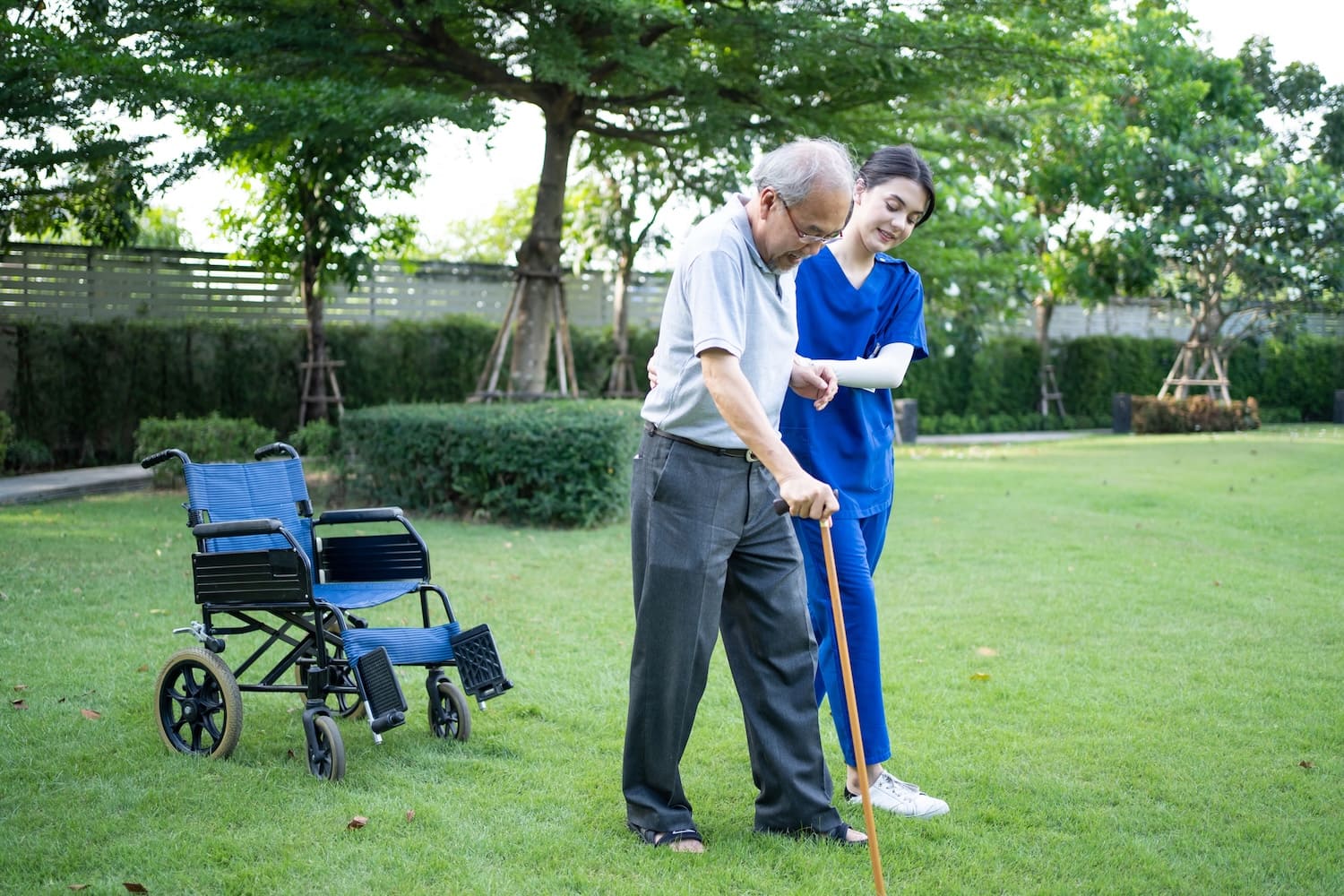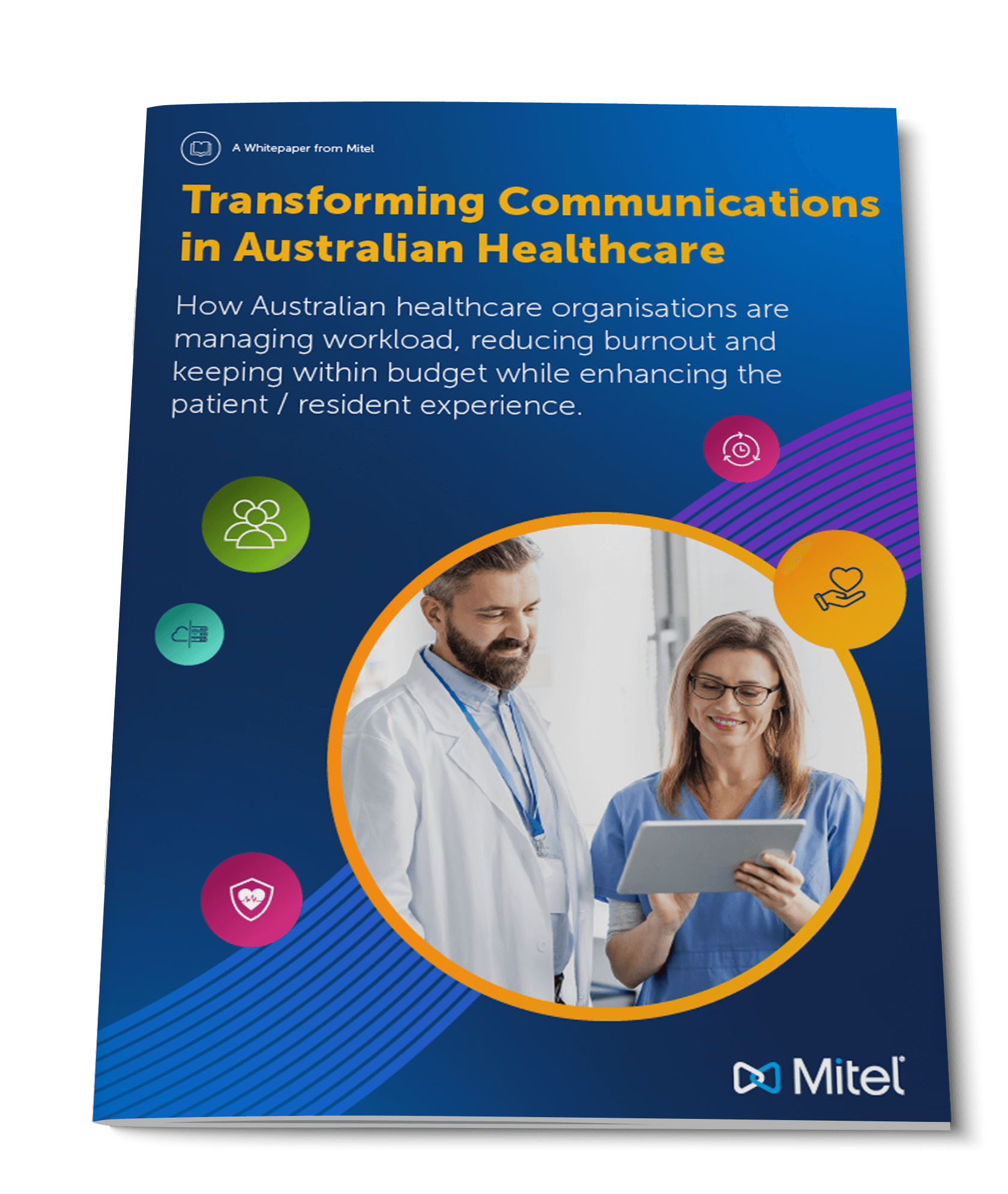The Hidden Dangers of Healthcare Home Visits
Community health nurses, mental health workers, and home care specialists across Australia face a sobering reality: after hours or lone worker situations that can escalate without warning. When healthcare staff make evening visits to unfamiliar addresses or respond to after-hours emergencies, they’re often isolated from immediate help.
The risks are real and varied. Aggressive family members upset about treatment decisions. Patients experiencing mental health episodes. Unsafe neighbourhoods during night shifts. Drug-affected individuals in crisis situations. For healthcare workers providing essential community services, personal safety can never be taken for granted.
The Challenge: Duty of Care in Unpredictable Environments
Australian healthcare organisations have a legal duty of care to protect their staff, but traditional safety measures often fall short in community settings:
Communication Dead Zones: Mobile coverage gaps in rural areas leave workers unable to call for help when needed most.
Delayed Response Times: By the time colleagues realise someone hasn’t checked in, critical minutes have already passed.
Location Uncertainty: Emergency services struggle to locate healthcare workers when addresses are unclear or situations involve multiple properties.
Documentation Delays: Staff spending time in vehicles after visits to update records creates additional vulnerability windows.
The Solution: Intelligent Duress Alert Technology
Modern duress systems designed for healthcare environments address these challenges through integrated communication and location technology. These systems work seamlessly with existing healthcare infrastructure to provide immediate protection.
How Advanced Duress Systems Function:
Instant Alert Activation: Healthcare workers can trigger emergency alerts through discrete mobile device buttons, wearable devices, or smartphone applications.
Automatic Geolocation: GPS technology immediately identifies the exact location of the healthcare worker, enabling rapid emergency response even in unfamiliar areas.
Pre-Coded Alert Messages: Staff can select from predetermined emergency scenarios, instantly communicating the type of assistance needed without lengthy explanations.
Multi-Channel Notification: Alerts simultaneously notify supervisors, security teams, and emergency services through SMS, mobile apps, and communication systems.
Audit Trail Compliance: Complete documentation of alert activations, response times, and resolution actions ensures duty of care compliance and continuous improvement.

Real-World Application: A Night Shift Scenario
The Situation: Mental health nurse Rebecca is conducting a 10 PM home visit to assess a patient experiencing acute anxiety. The patient’s partner becomes increasingly agitated, blocking the exit and raising their voice about previous treatment decisions.
Traditional Response: Rebecca would need to find her phone, unlock it, dial emergency services, and explain her location while managing an escalating situation. Response time could be 15-20 minutes, assuming she can safely make the call.
With Duress Technology: Rebecca discretely presses her wearable alert button. The system immediately sends her GPS location and a pre-coded “aggressive family member” alert to her supervisor, hospital security, and local police. Response teams are dispatched within minutes, knowing exactly where she is and what type of situation they’re responding to.
Benefits Beyond Emergency Response
Enhanced Staff Confidence: Healthcare workers report feeling more secure during challenging visits, knowing help is immediately available.
Improved Service Delivery: Staff can focus on patient care rather than safety concerns, leading to better therapeutic outcomes.
Reduced Insurance Costs: Demonstrated duty of care protection may reduce workplace insurance premiums and liability exposure.
Better Recruitment and Retention: Healthcare organisations known for staff safety attract and retain quality community health workers.
Compliance Documentation: Automated reporting demonstrates proactive safety measures to regulatory bodies and accreditation organisations.
Implementation Considerations for Australian Healthcare
Technology Integration: Modern duress systems integrate with most existing healthcare communication platforms, avoiding the need for completely separate safety infrastructure.
Staff Training Requirements: Minimal training needed for discrete alert activation, with emphasis on when and how to use emergency features appropriately.
Cost-Benefit Analysis: Investment in duress technology is typically offset by reduced incident response costs, improved staff retention, and potential insurance savings.
Privacy and Compliance: Systems designed for healthcare environments maintain patient confidentiality while ensuring staff protection.
Applications Across Healthcare Settings
Community Mental Health: Protecting workers during crisis interventions and high-risk patient assessments.
Home Nursing Services: Safety for nurses providing medical care in diverse community environments.
Aged Care Home Visits: Protection during medication management and health assessments in residential settings.
Emergency Response Teams: Enhanced safety for paramedics and emergency healthcare workers in unpredictable situations.
Rural Healthcare: Critical protection for healthcare workers serving remote communities with limited backup support.
The Technology Behind the Protection
Healthcare duress systems leverage multiple technologies to provide comprehensive protection:
Mobile Communication Integration: Connection with healthcare organisation communication systems ensures alerts reach the right people immediately.
Cloud-Based Monitoring: Centralised monitoring enables 24/7 oversight of healthcare worker safety across multiple locations.
Battery Life Management: Extended battery life and low-power alerts ensure protection throughout long shifts.
Weather Resistance: Durable devices designed for Australian outdoor conditions and varied healthcare environments.
Looking Forward: The Future of Healthcare Worker Safety
As community healthcare services expand across Australia, worker safety technology will become increasingly sophisticated:
Artificial Intelligence Integration: AI systems that learn from incident patterns to predict and prevent dangerous situations.
Enhanced Location Services: More precise indoor location tracking for complex healthcare facilities and multi-building sites.
Biometric Monitoring: Integration with health monitoring devices to detect physiological stress indicators before situations escalate.
Improved Communication: Two-way communication capabilities allowing supervisors to provide real-time guidance during challenging situations.
Healthcare worker protection isn’t just about compliance – it’s about enabling the delivery of essential community health services. When staff feel secure, they can focus entirely on patient care, and positive health outcomes.
Modern duress technology provides the safety net that allows healthcare workers to serve their communities with confidence, knowing that help is always just one button press away.
Protecting Your Healthcare Team
Every healthcare organisation has a duty to protect their community-based staff. Duress alert technology offers a practical, cost-effective solution that integrates with existing systems while providing comprehensive safety coverage.
Ready to enhance healthcare worker safety at your organisation?
Download our comprehensive whitepaper: “Transforming Communications in Australian Healthcare”.
Learn about:
- Additional case studies from Australian healthcare facilities
- Implementation roadmaps for AI communication technology
- Integration strategies with existing healthcare systems
Contact Mitel’s healthcare specialists to discuss how duress alert and communication technologies can protect your healthcare workers while integrating seamlessly with your current systems.
Call us today on +61 2 9023 9500.






